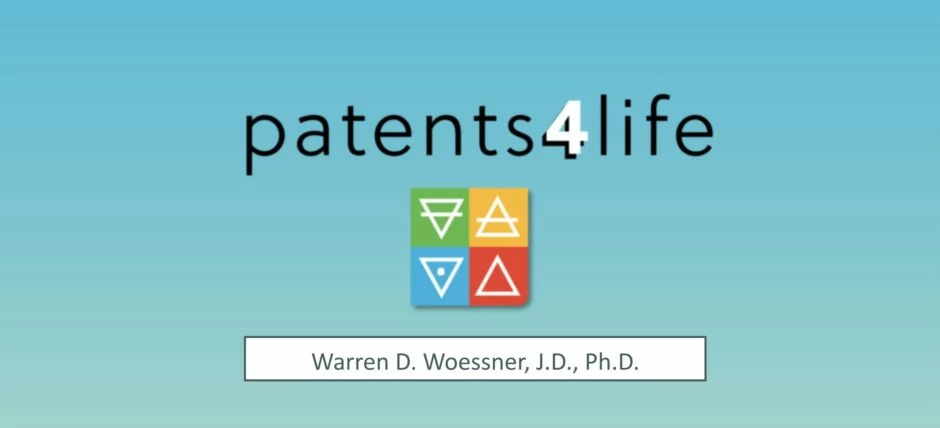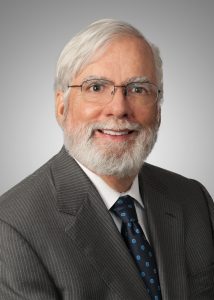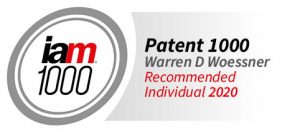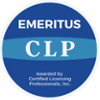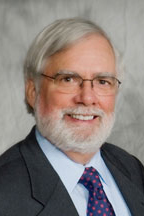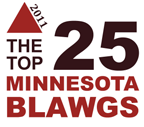Last summer, Bob Litan and Lesa Mitchell of the Kauffman Foundation sent a short memo to Esther Lee at the Dept. of Commerce entitled “Accelerating the Commercialization of Government-Funded University-Based Research.” Although the Foundation, based in Kansas City MO, has been interested in university tech transfer at least since 2003 when it issued a report “Accelerating Technology Transfer & Commercialization in the Life & Health Sciences” (PDF at end of posting), this memo attracted little attention until, in December, The Harvard Business Review named it as containing one of the “Ten Breakthrough Ideas for 2010.” The alleged breakthrough is the proposal in the memo that, while universities will continue to own inventions made with Federal funding, professors should be free to not use their university’s technology transfer office (TTO), but to have the option of licensing their inventions through whatever agency they prefer. The Kauffman premise, to put it bluntly, is that most TTOs are “suboptimal” and that professors would be better off, in many cases, shopping their technology to faster-moving licensing entities (of some sort). The stated goal is to speed up the commercialization of new technologies while allowing universities to collect the same royalties as under the current system.
So the Kauffman team feels that there are lots of professors with under-appreciated technologies who would benefit by being able to leave the corral of their institution’s TTO and ride off, if not into the sunset, into the arms of a third-party licensing entity who would make the translational connection needed to get the technology “from bench to bedside.” Really?
To begin with, it is difficult to see how this would work in practice. The Kauffman memo suggests that the professor might have the option to prevent the TTO from even trying to license the technology while he or she shops it. Or will we now have dueling TTOs trying to license the same technology? (The memo suggests that a professor with an automotive invention who lives in, say, Kansas might want to use a TTO in Detroit.) And what will prevent third-parties from taking most of the licensing royalties? The memo mentions ownership, but it does not seem to consider who will pay for the patent costs, especially if a statutory bar date looms. A system in which the professor’s TTO is paying the patent costs while the professor is out trying to license the IP portfolio via a different organization is difficult to imagine. And about conflicts of interest….
The Kauffman fellows seem to have no sense of the chaotic history of tech transfer prior to Bayh-Dole (BD) (or in its early years). When I was doing patent prosecution at a big IP firm, one client I was given was a professor from a prestigious university that did not have a tech transfer policy. Since he was free to do what he wanted with his new method of cancer treatment pre-BD, he had paid the firm to file applications on it, and eventually licensed them to big pharma for a lot of money (in those days). The university got nothing at all. The first talk I ever gave was about the BD Act and the audience was professors, not administrators.
Also, there were a number of “for-profit non-profit” entities gathering up loose technologies from universities without technology policies (let alone TTOs). Research Corp. Technologies (RCT) was one of the most successful. RCT would not take on a technology unless it could get an assignment (not a license) from the inventor(s) and institution(s) in question (if the university even asserted any ownership rights). RCT would then front all the patent costs and attempt to license the technology. If it was successful, the inventor(s), and sometimes the institution (if it cared), would get some of the royalties. Before the rise of TTOs that developed their own licensing expertise, RCT and other organizations like it scored some major tech transfer homeruns, but they could only handle so many proposals at once. BD has been referred to as an “unfunded mandate,” but it did motivate universities and other institutions getting NIH and other Federal funding to step up to the plate and swing, at least at the fat pitches.
There are still a few lone wolves out there trying to make it as “hired guns” (pardon the metaphors). Believe it or not, I am still approached by small companies that want to file on inventions brought to them by university professors who are either unaware that their universities have TTOs (or at least tech transfer policies) or think they can ignore them. They can’t. The present system is not “optimal,” but at least it is organized. A few years ago, a prominent researcher told me that his colleagues used to look down on him because he was patenting his discoveries and licensing them (often to start-ups). He was using a TTO, incidentally. He said that today it is the professors who are not patenting and licensing who are considered to be out of step. I don’t believe that there are hoards of break-through technologies languishing in dusty lab notebooks in academe and, if there are, I don’t believe that loosing professors trained in life sciences to bring them to market is going to change anything for the better.
